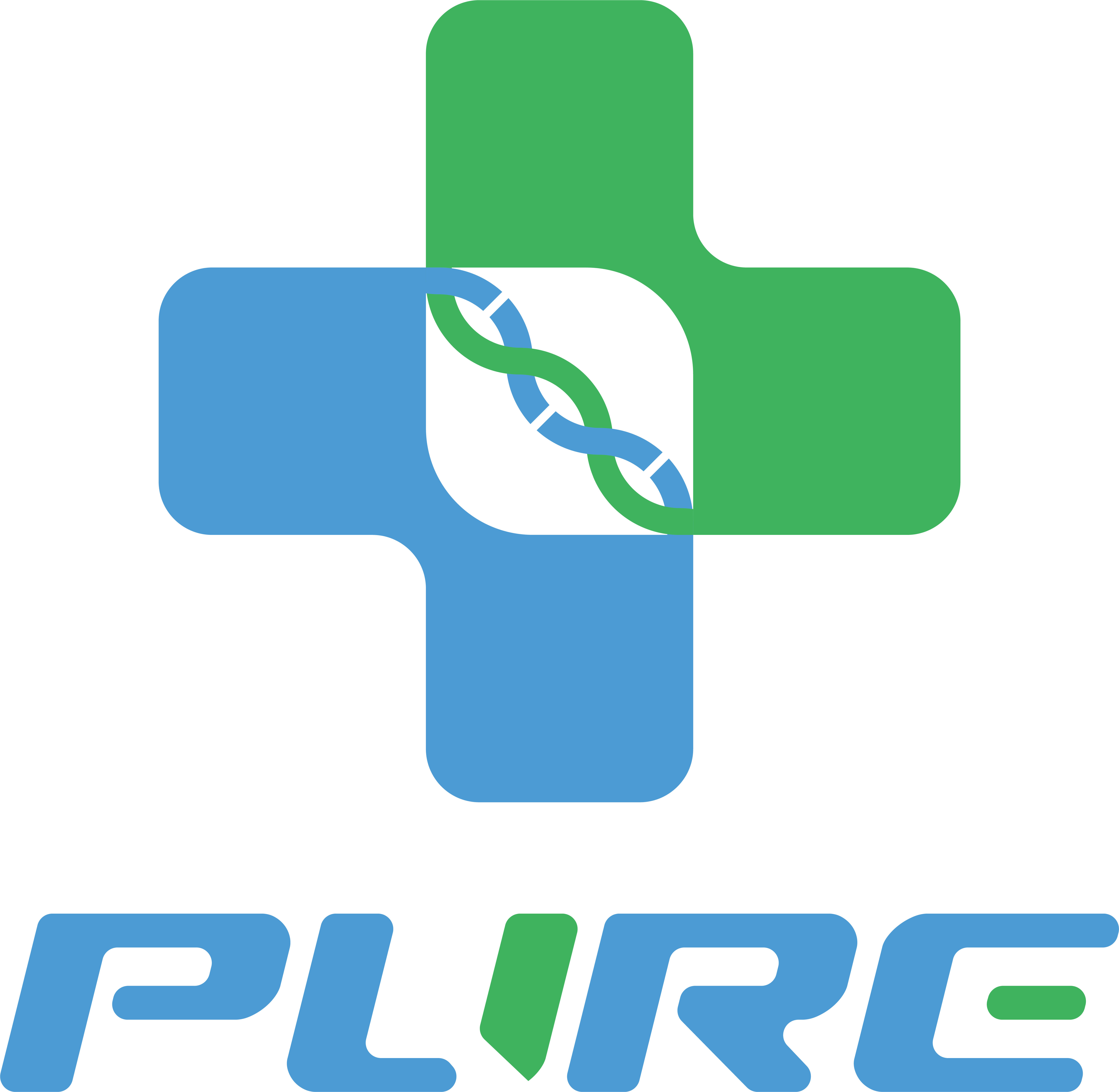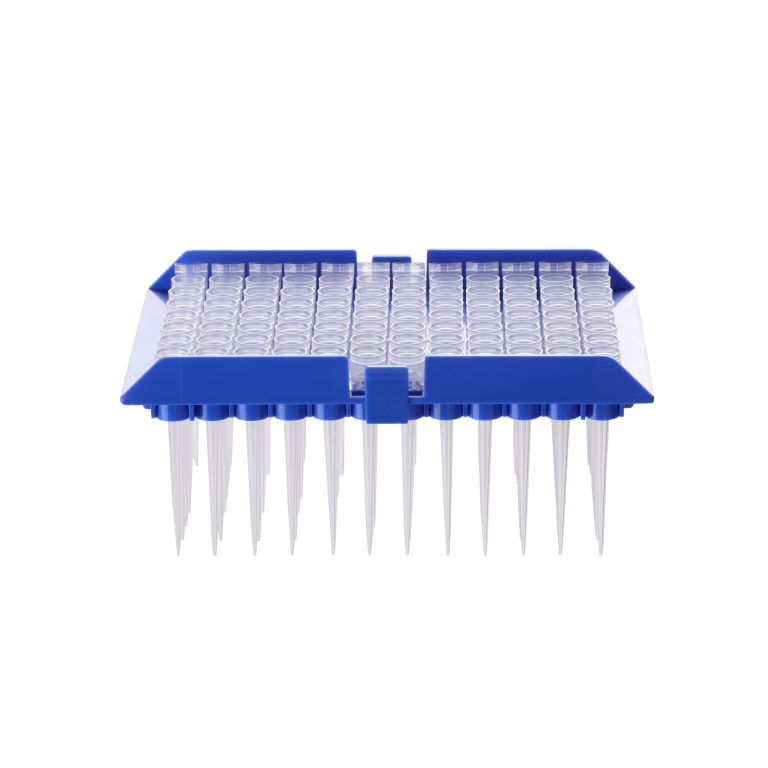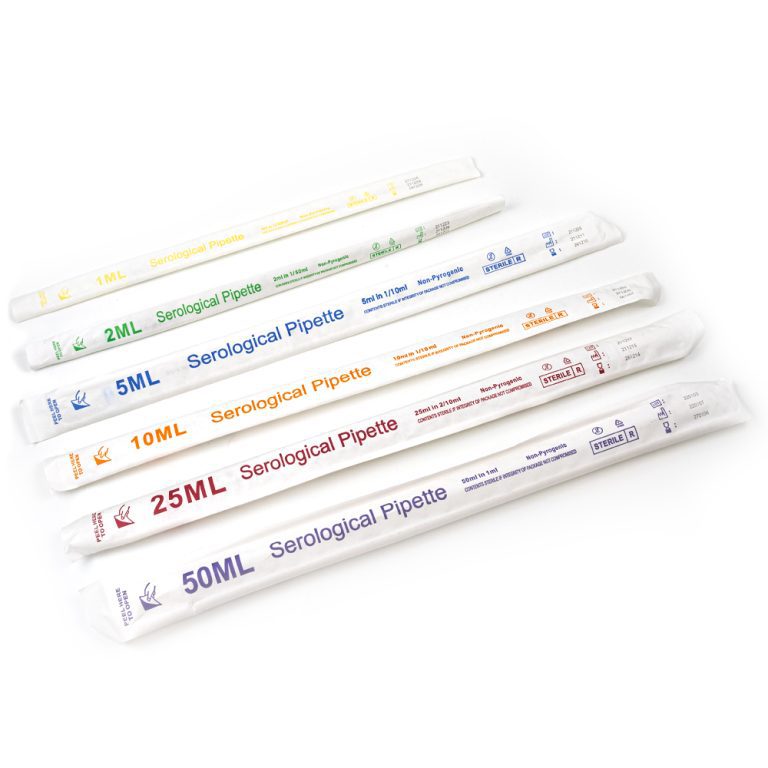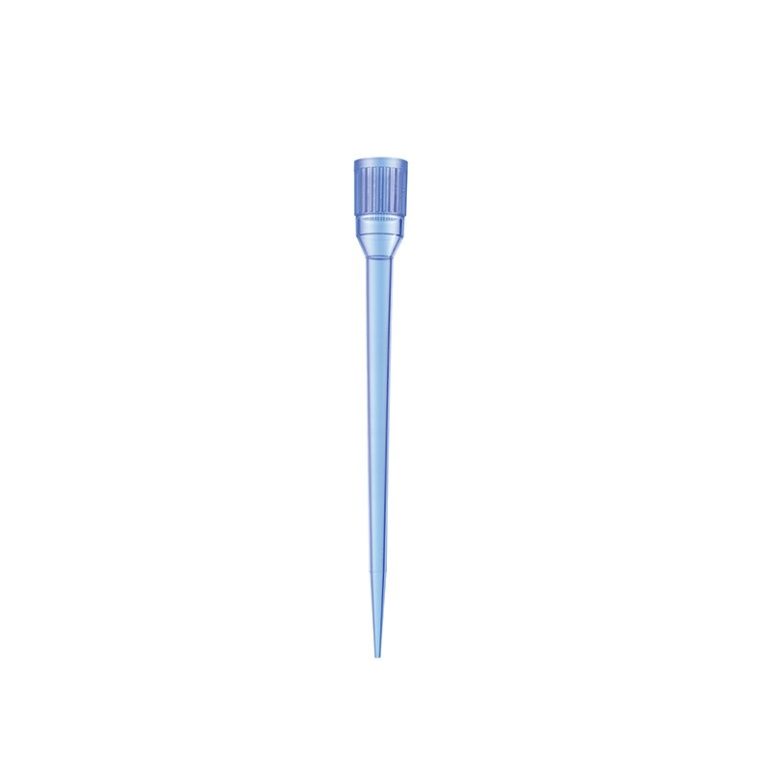Here are some common use cases for Agilent pipette tips:
– Genomic DNA pipetting – Agilent’s wide bore tips allow easy pipetting of viscous genomic DNA samples without shearing the DNA.
– PCR setup – The tips provide accurate liquid handling for preparing PCR master mixes and transferring them to the reaction plate.
– Next-generation sequencing – Agilent’s low retention and low binding tips are ideal for pipetting precious NGS libraries without loss or contamination.
– DNA quantification – The tips allow reliable small-volume handling for methods like Picogreen or fluorometric quantification.
– Normalization of NGS libraries – Low retention tips facilitate efficient normalization prior to library pooling and sequencing.
– Transferring DNA/RNA – Agilent’s nuclease-free tips prevent contamination when transferring samples between tubes.
– Plating cells – The tips enable consistent and sterile transfer of cells during cell culture assays and sequencing library prep.
– Immunoprecipitation assays – Agilent’s tips allow precision handling of samples and reagents during IP experiment steps.
– Chromatography fractions – The high-quality tips allow clean transfer of chromatographed samples into collection plates.
– Mass spectrometry sample prep – Low retention tips are important for efficiently loading matrix solution and samples.
– Microvolume spectrophotometry – Agilent’s eVol tips provide accuracy when quantifying nanoliter volume samples.
In summary, Agilent’s pipette tips enable precise sample handling and liquid transfers for a variety of genomic, proteomic, and chemical analysis workflows. Their performance helps improve assay results and reproducibility.



